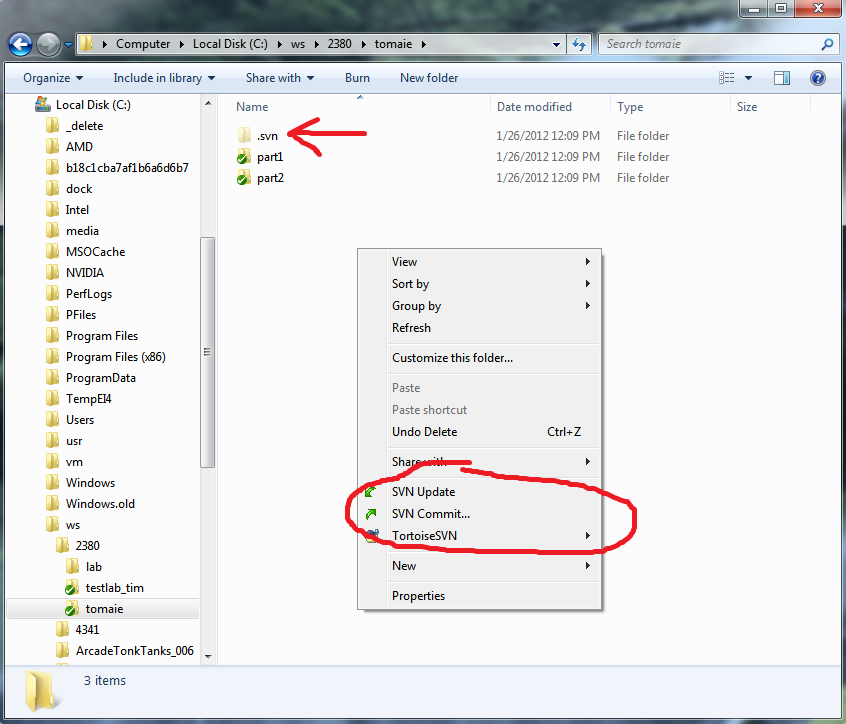
In addition to remembering each individual revision, you can tell subversion to tag certain revisions of the repository for easy reference. Subversion keeps track of all these changes so that you can go back and look at old versions or revisions later if you ever need to. It’s this process of checking in that updates both the files in the repository and also the information displayed in the Plugin Directory. That means you can make changes to the files, add new files, and delete files on your local machine and upload those changes back to the central server. From that repository, anyone can check out a copy of your plugin files onto their local machine, but, as a plugin author, only you have the authority to check in.

OverviewĪll your files will be centrally stored in the svn repository on our servers. Please only push finished changes to your SVN repository. Unlike Git, you shouldn’t commit every small change, as doing so can degrade performance.

Warning: SVN and the Plugin Directory are a release repository. How plugin assets (header images and icons) work.
SUBVERSION CHECK IN CODE
The basic concepts of SVN, and nearly all code repository services, remain the same.įor additional information, please see these documents: We’ll describe here some of the basics about using SVN as it relates to hosting. For more comprehensive documentation, see The SVN Book. This document is not a complete and robust explanation for using SVN, but more a quick primer to get started with plugins on. If you’re new to SVN, we recommend reviewing a comparison of SVN clients before deciding which is best for you. It can be used via command line, or one of numerous GUI applications, such as Tortoise SVN, SmartSVN, and more. SVN, or Subversion, is a version control system similar to Git.


 0 kommentar(er)
0 kommentar(er)
